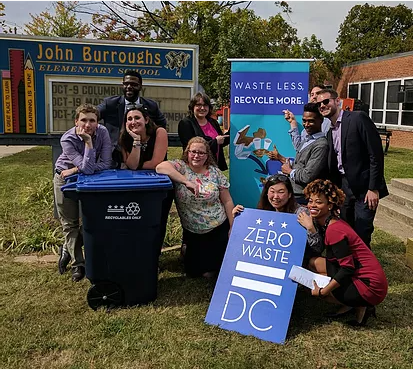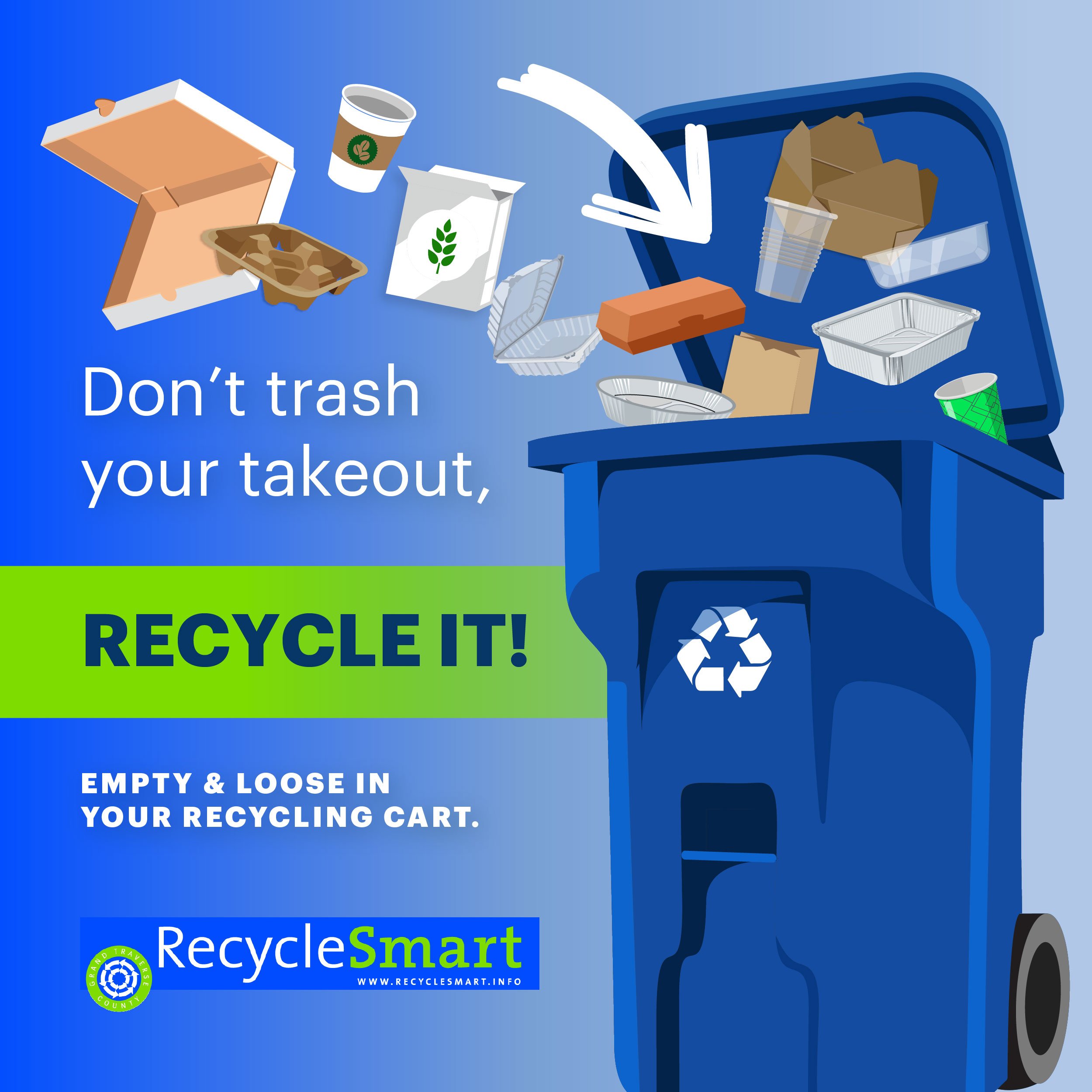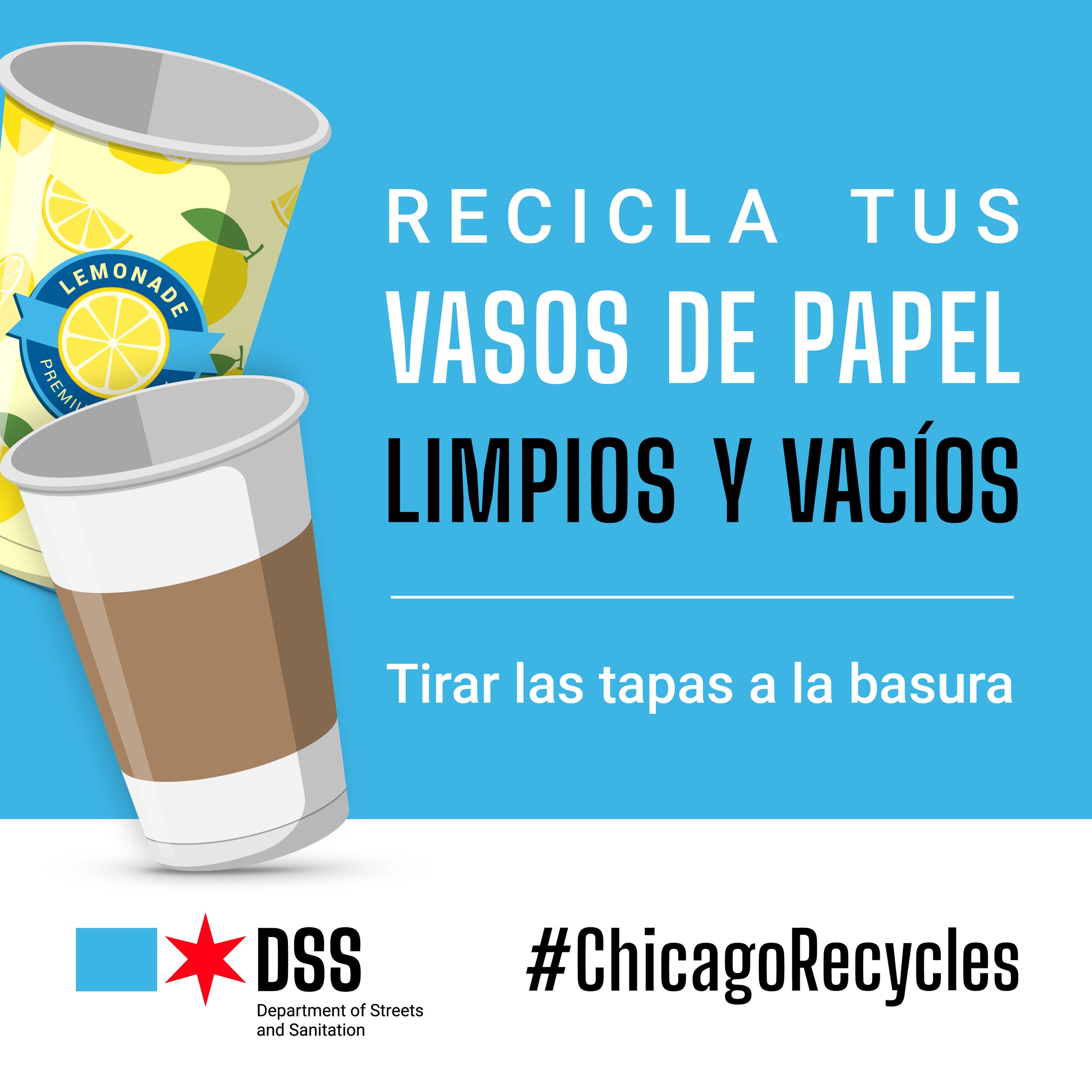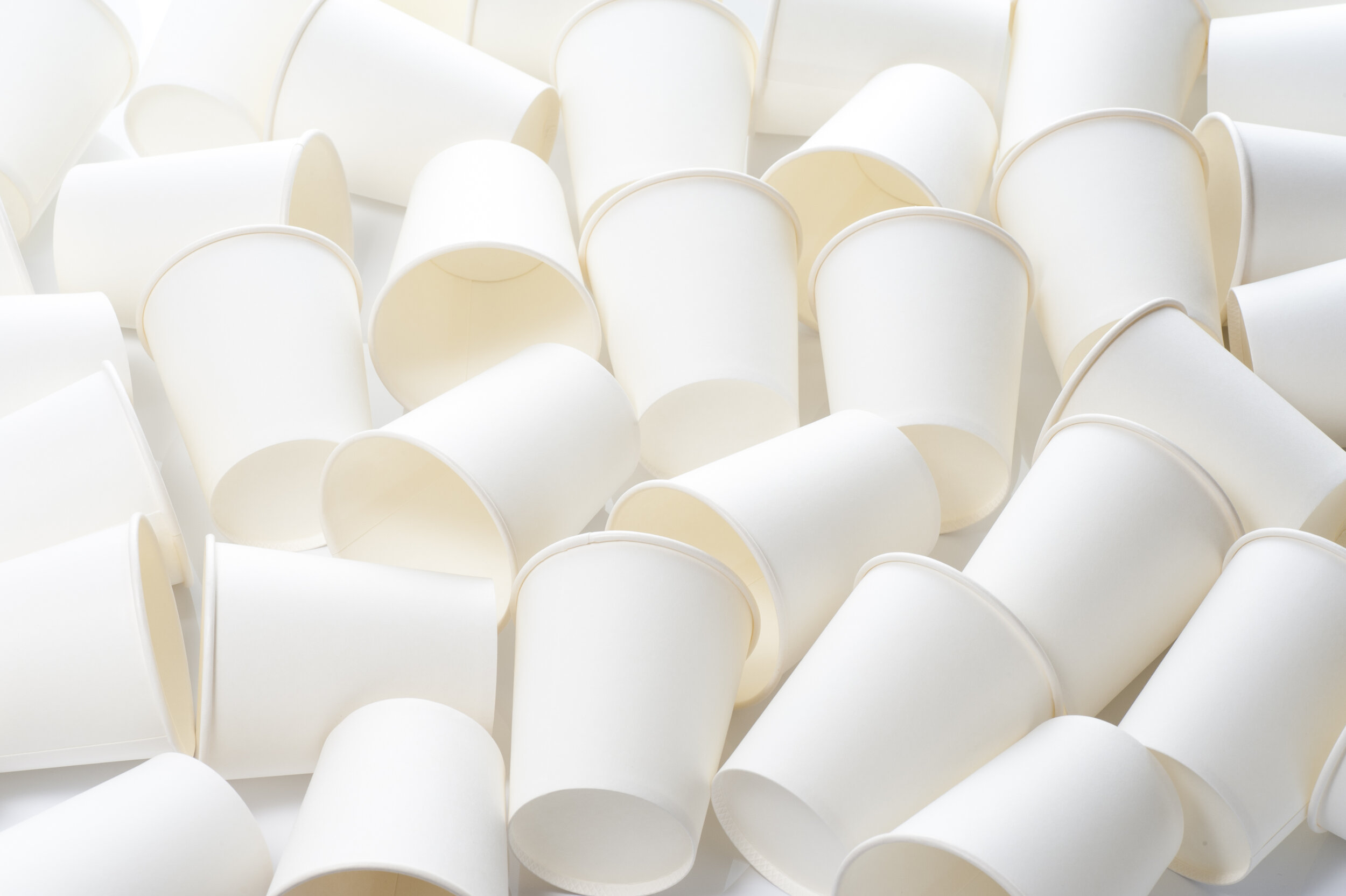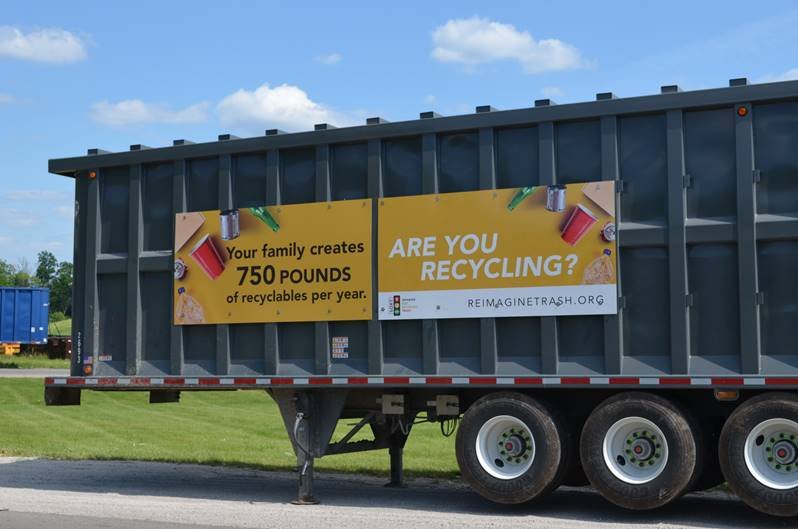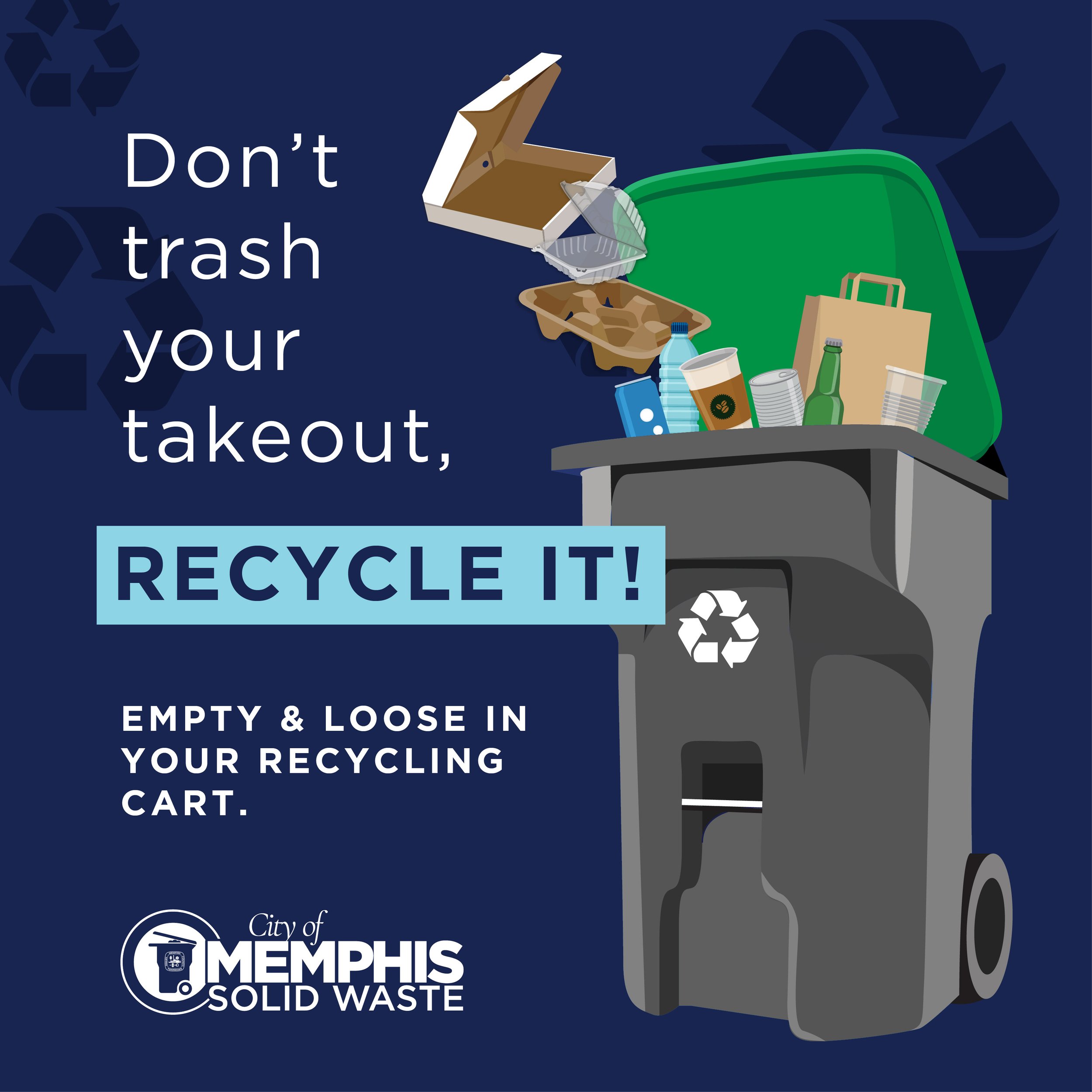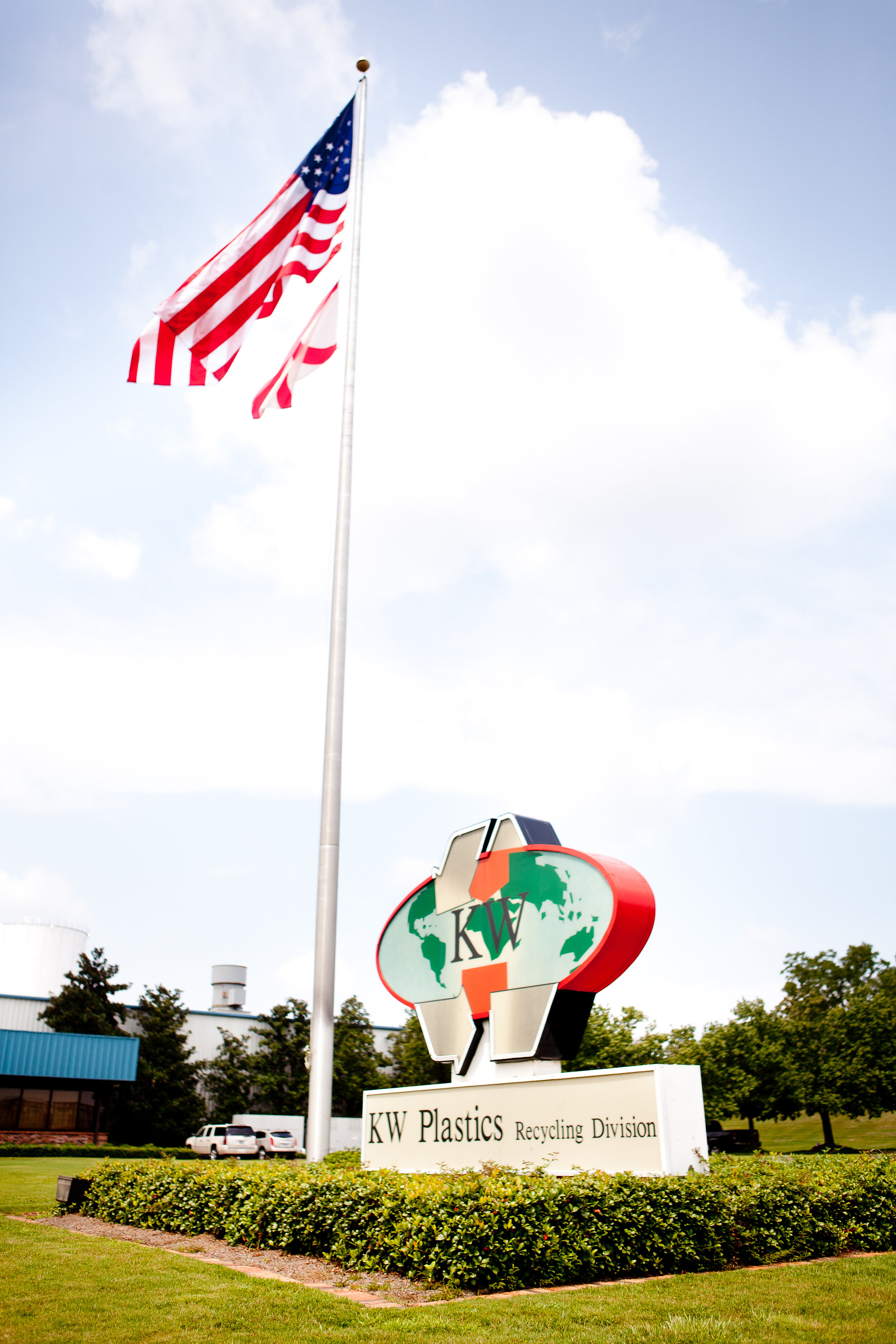Community Partnership | Washington, DC
Background
With a population of nearly 700,000, Washington, D.C. is a compact and diverse city. From the top down, the District is committed to achieving zero waste by 2032. In October 2017, Washington, D.C. rolled out its unprecedented Zero Waste DC campaign, a complete face lift for recovery communications in the nation’s capital. A major component of the campaign was expanding the types of foodservice packaging accepted at the curbside through the Community Partnership program. Among the list of newly accepted materials are pizza boxes, takeout containers, plastic deli and bakery trays, paper cups and more.
Foodservice Packaging Materials Accepted
Paper* and plastic cups and lids
Paper and plastic plates*
Paper bags
Egg cartons
Pizza boxes
Bakery/Deli boxes*
To-go containers*
Plastic produce containers*
Aluminum foil and trays
*New items added during partnership
End Market Due Diligence
The Sustainable Solid Waste Management Amendment of 2014 requires the establishment of a single comprehensive list of recyclable and compostable materials for DC residents, schools and businesses. To develop this list, the Department of Public Works worked with many local and industry partners including FPI to analyze materials and recycling markets. The District surveyed eight material processing facilities (MRFs) within a 45-mile radius. This research formed the basis for the Mayor’s List of Recyclables, a list of materials that are subject to recycling requirements.
Operational Planning and Outreach
The goal of FPI’s Community Partnership program is to add a suite of foodservice packaging items to curbside recycling programs deemed suitable based on the availability of end markets and MRFs that can process them. In the years leading up to the first partnership grant, FPI researched end markets and facilitated discussions with MRFs and communities to pinpoint any opportunities for foodservice packaging. Washington, D.C. has multiple surrounding MRFs and end market partners as well as supportive municipal leadership, which made the District an ideal candidate for the Community Partnership Program. FPI’s grant to DC was supported by a collaborative outreach campaign and educational pieces that FPI and DC developed to reach more residents during this partnership.
Throughout 2017 the District carried out a targeted educational campaign to notify residents and businesses of the changes. The DC Department of Public Works held 56 community engagement events and reached more than 12,000 residents leading
up to the District’s official program launch of the Mayor’s List. The communications strategy featured outreach events, presentations, a new Zero Waste DC website, a new “What Goes Where” web tool, social media, digital and print advertisements, videos, a recycling game, and new decals to encourage resident recycling behavior change.
Lessons Learned & Recommendations
DC is a leader in it is commitment to increase quantity and improve quality of recyclables. With contamination of recycling carts being a major concern, the District wanted to address it from the start. During the first year of the new program, DC developed a robust educational and outreach campaign regarding the new list and emphasized that foodservice packaging, like all recyclables, should be “clean and empty.”
“Education is the key to this initiative,” Mayor Muriel Bowser said at the launch of the new campaign. District staffers have put a focus on outreach and education on the zerowaste.dc.gov website. “We all must work together to recycle and recover more.”
Results
DC worked with FPI to create dynamic and eye-catching educational pieces such as its “How to Prepare Recyclables” video and digital ads. Having set an initial goal of around 200 video views,
District staff were ecstatic when 142,000 people viewed the video (which was available in both English and Spanish). Social media and a revived web presence provide to be effective tools for reaching residents. Additional educational materials such as public space ads on metro rail and bus advertisements reached a significant audience, making approximately 8.7 to 10 million impressions each.
The District also followed up the launch of the partnership with a waste sort to determine if communications efforts had led to a significant change in behavior of consumers when recycling foodservice packaging. The District performed a waste sort at the local MRF in 2017, prior to the launch, and another sort in early 2018, after the partnership launch. The sort results showed positive outcomes for the District, with overall residue (including plastic film) decreasing from 33.2% to 25.8% with most other materials showing an increase in recovery. Mixed paper had the largest increase from 9.4% to 19.9%, paper containers and trays increased from 0.1% to 0.4%, and PET cups and containers increased from 0.3% to 1.6%. Early indications show that DC witnessed higher volumes of recycling overall then the year prior, meaning that people are recycling more and more likely due to a combination of the partnership outreach campaign and several operational improvements that DC undertook during this process.
Next Steps
The District has an ongoing strategic planning campaign that includes a variety of educational initiatives going forward such as a “What Goes Where” app and will continue to increase the viewership by creating a refresh of the recycling video. In addition, the District has set new goals for their initiative including decreasing overall residue to 12%, decreasing volume in plastic bags, increase program participation, and finally, increasing quality of recycling tons recovered.
- March 2019

